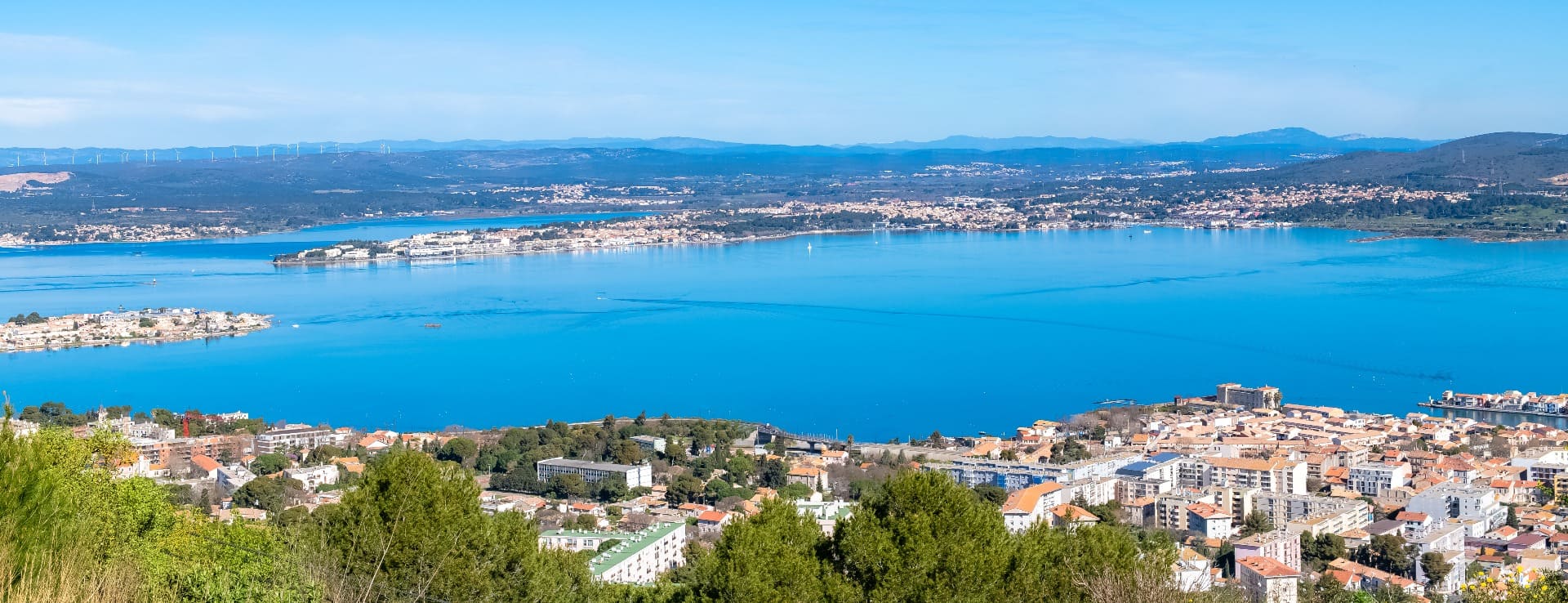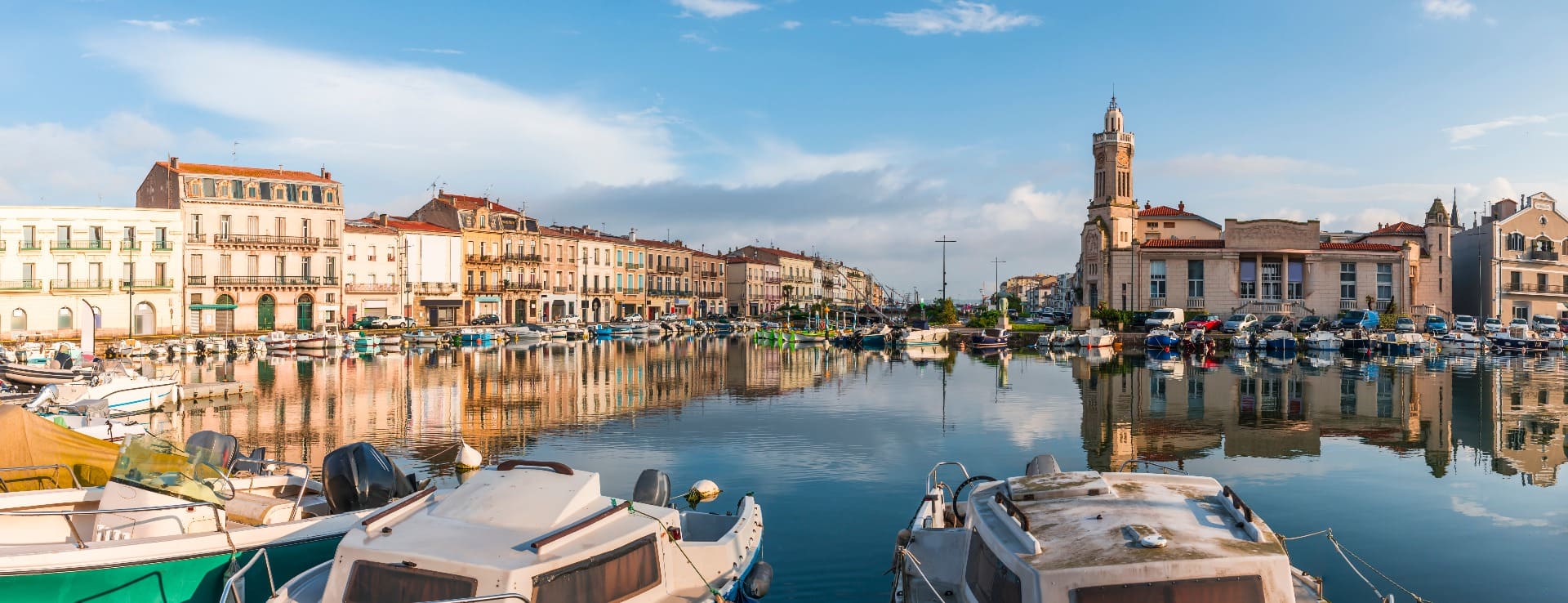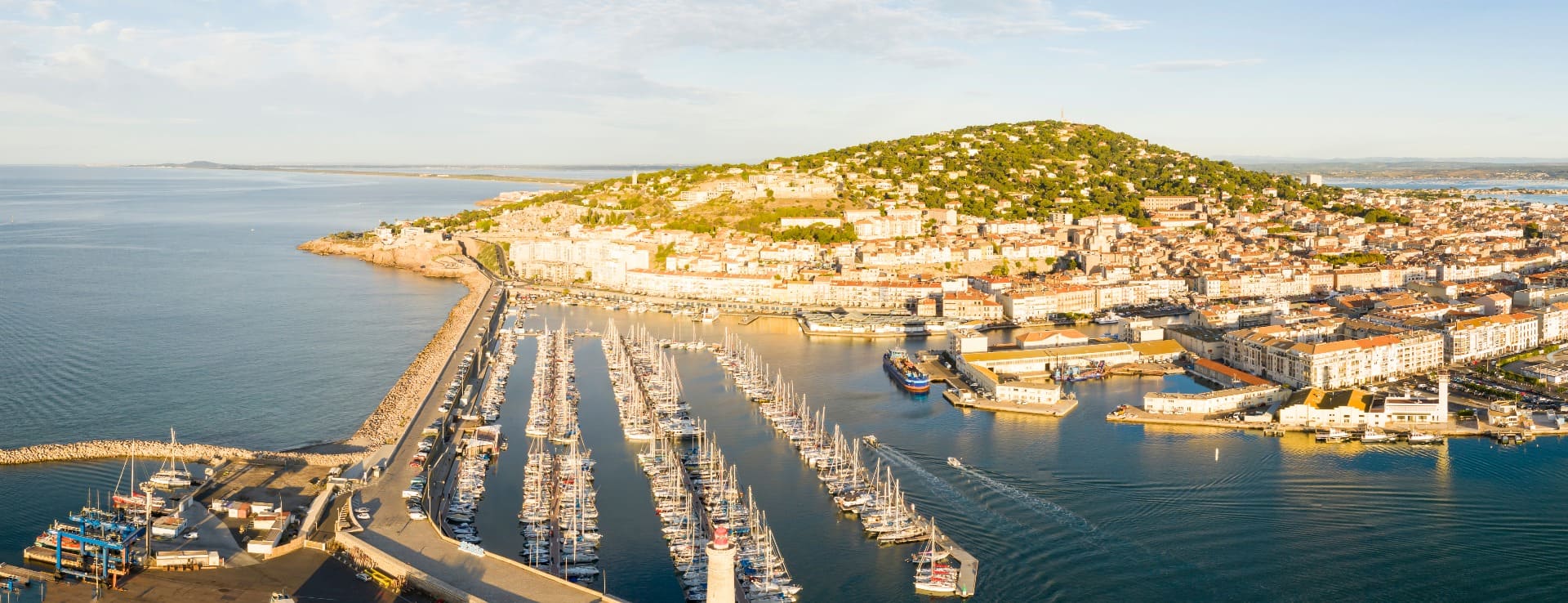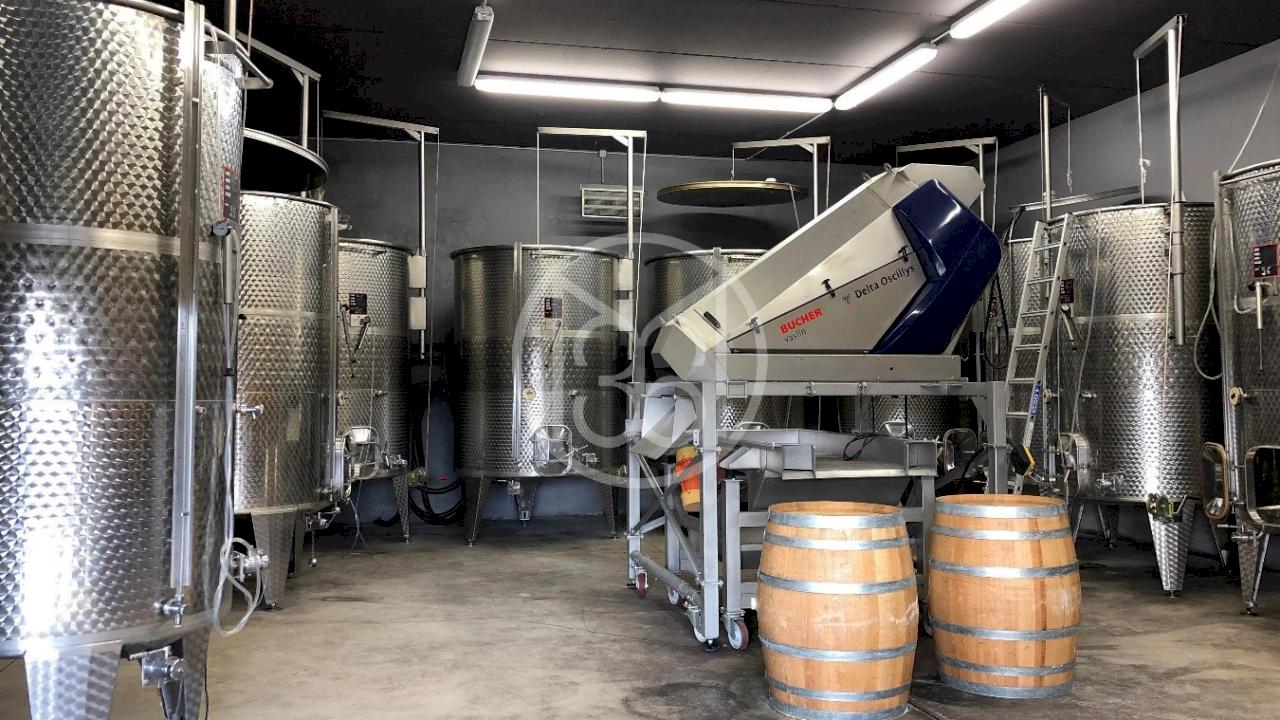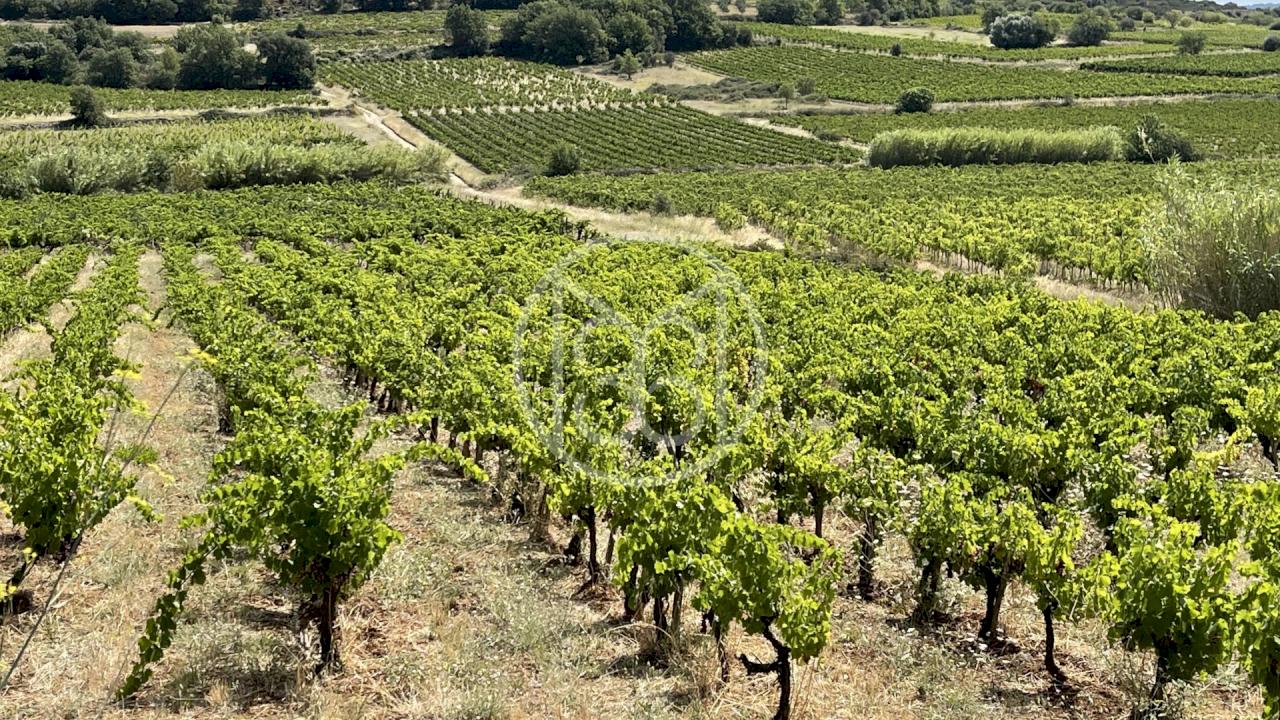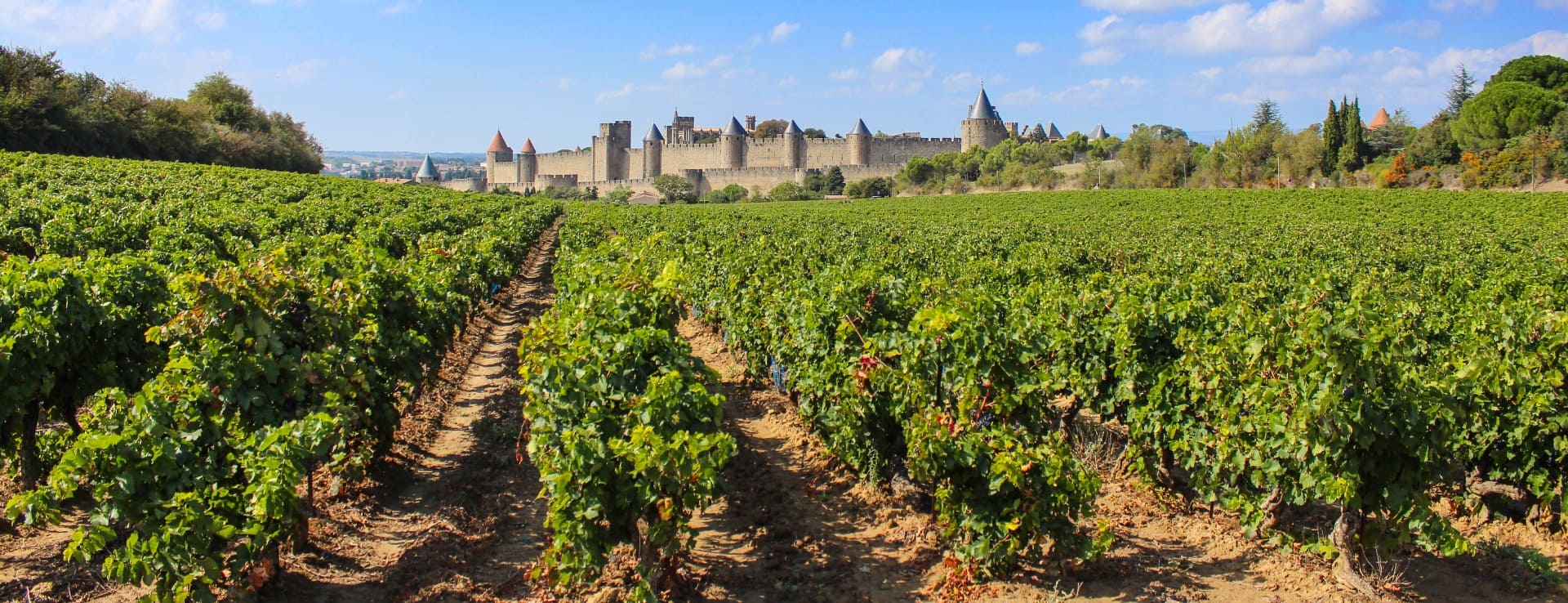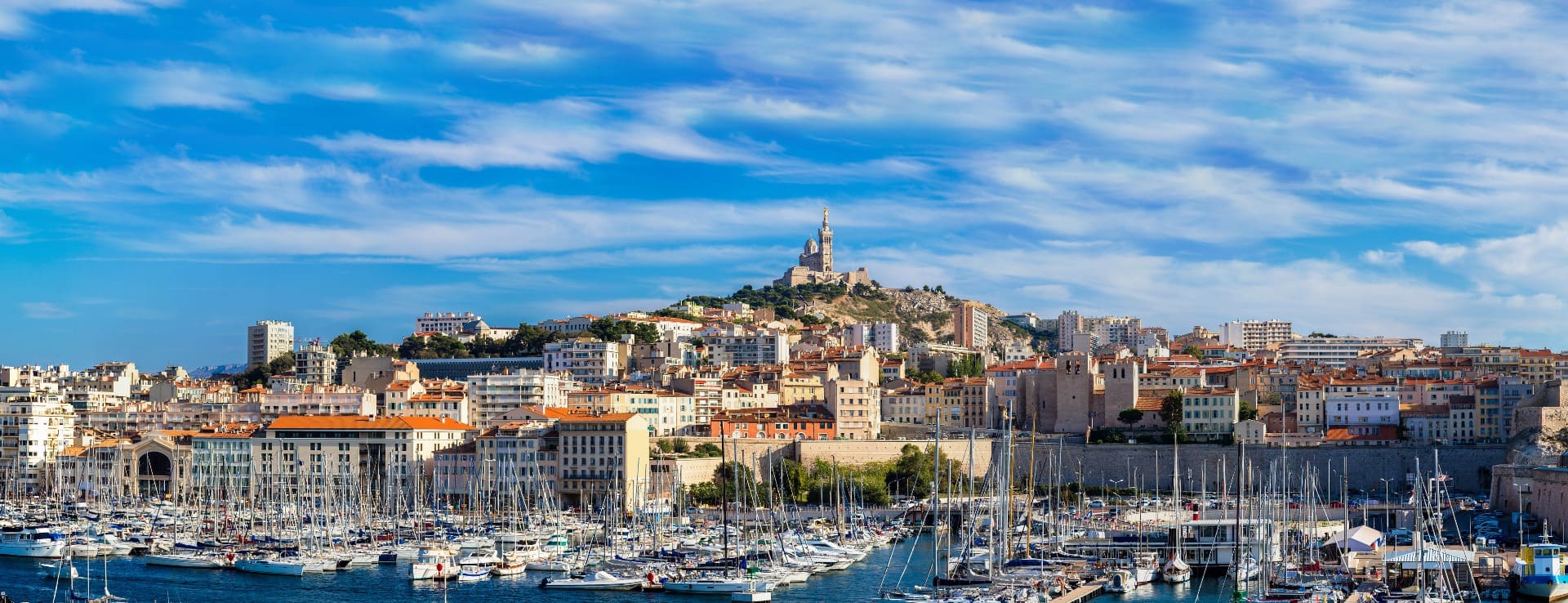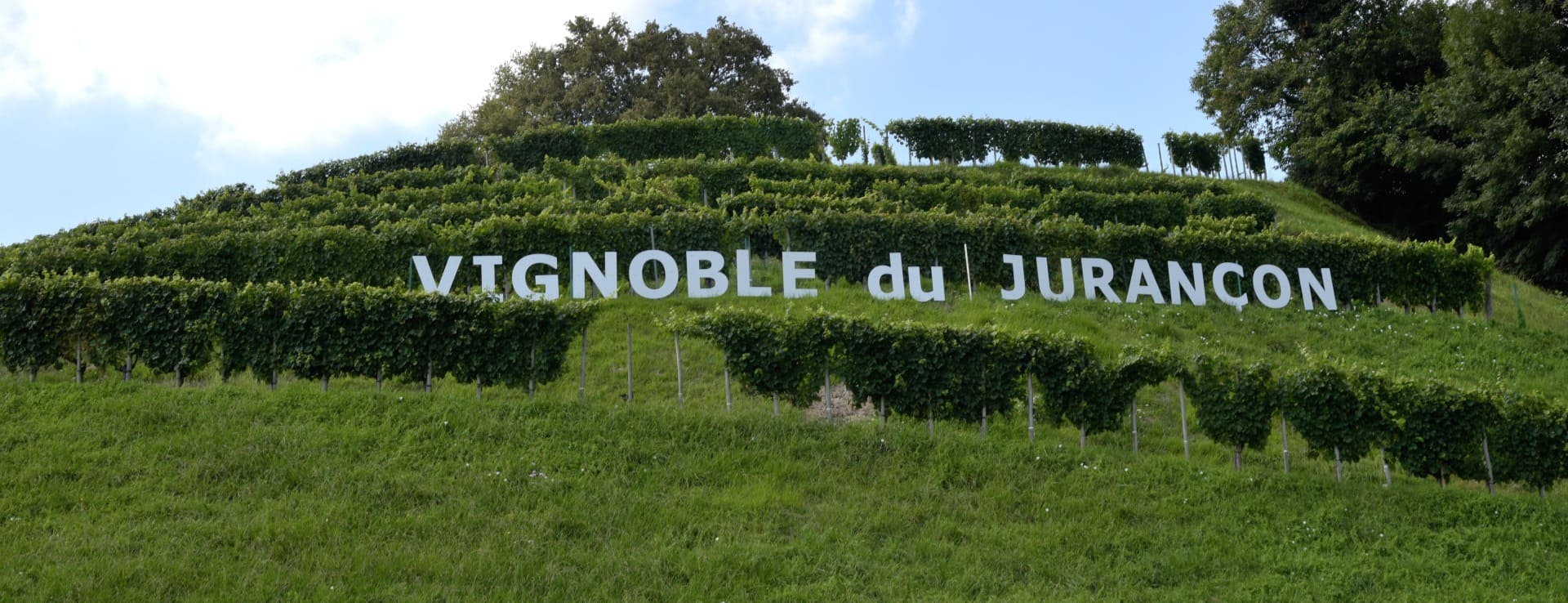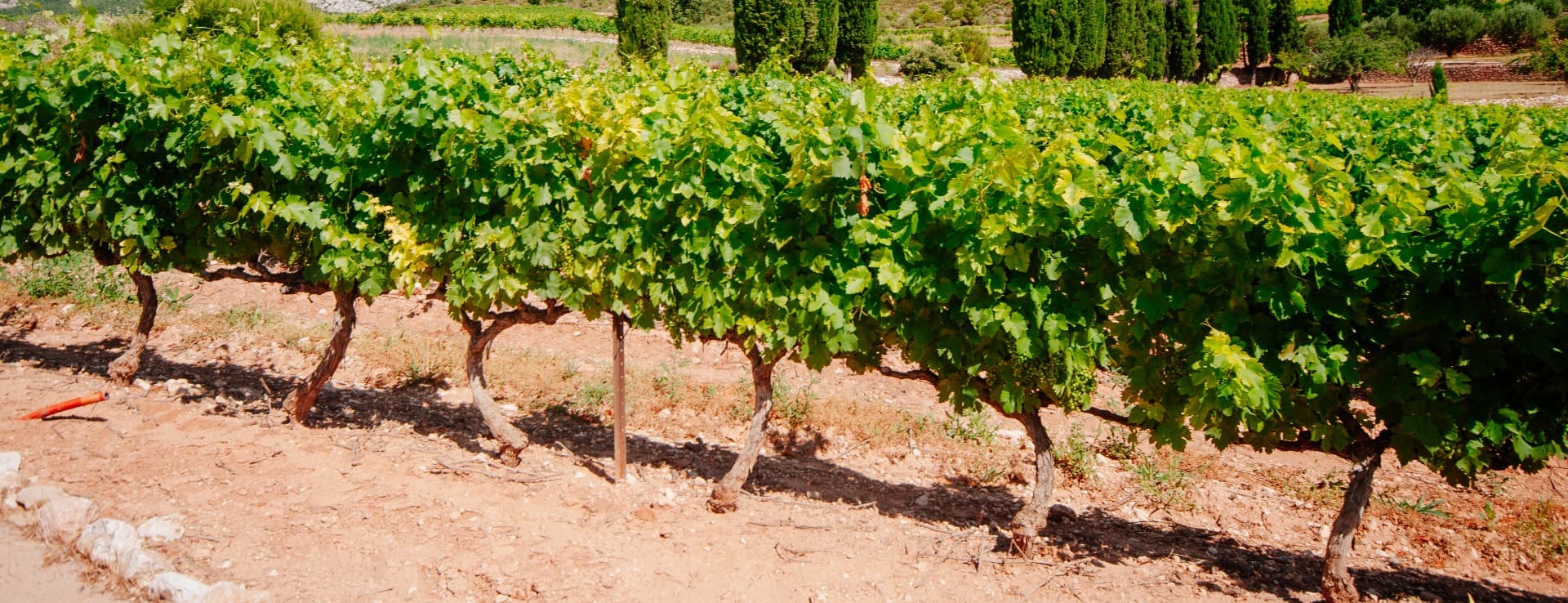Find your winery or vineyard
4 Wineries and Vineyards for sale in Hérault / Gard / Lazère
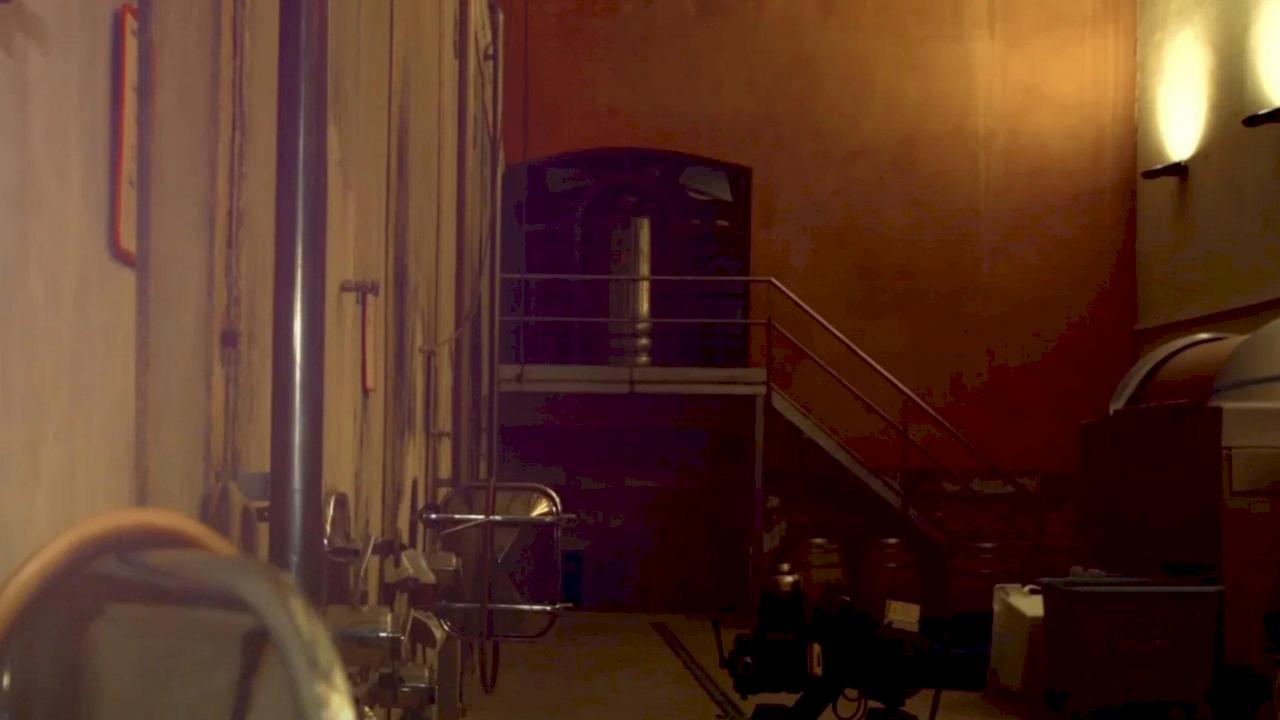
A WINERY WITH 35 HECTARES OF ORGANIC VINEYARDS.
DOP COSTIÊRES DE NIMES
Departments Hérault (Montpellier) / Gard (Nîmes) / Lazère (Mende)
The sub-regional AOCs: in this category the requirements of the AOCs are higher than the regional AOC category.
In Languedoc the AOCs are Corbières (13,500 ha), Minervas (5,000 ha), Saint-Chinian (3,300 ha), Faugères (1,900 ha), Fitou (2,600 ha) and Clairette du Languedoc (70 ha).
This category also includes the terroirs included until recently in the AOC Coteaux du Languedoc: Pic Saint-Loup, La Clap, Sommières, Pézenas, Grès de Montpellier Terrasses du Larzac, Picpoul de Pinet, Terrasses de Béiers, Montpeyroux, Saint-Georges d'Orques, Carrières, La Méjanelle, Quatorze, Saint-Christol, Saint-Drézéry, Saint-Saturnin and Vérargues.
The communal AOCs: they are few in number, but recognised for the high quality of their production. In Languedoc, there are the AOC Corbières-Boutenac (1,30 ha), Minervois-La Livinière (2,600 ha), Muscat de Frontignan (797 ha), Muscat de Lunel (321 ha), Muscat de Mireval (260 ha) and Muscat de Saint-Jean-de-Minervois (195 ha).
It is a land blessed by God where the sun and the sea, the heat and the blue sky, the green shade of the vine leaves, the ochre, grey and white colours of the soils of the region, the dust, the drought and the winds are all elements that influence the wines of this area. The identity of the region appears in its vineyards and in its wines.
The red wines from Côtes de Roussillon, Corbières, Saint-Chinian, Pic Saint-Loup can be very dark in colour. And if Syrah dominates, it is characterised by a purplish stripe around the glass, if they are wines from Pic Saint-Loup, they show tannins of rare finesse. The Saint-Chinian wines are grown on slate and calcareous clay soils and are the most concentrated wines with aromas of spices, black fruits, leather and undergrowth. The faugères and mining wines are less dense and silkier. Like the natural sweet young red wines made with Grenache Noir from Banyuls, Rivesaltes and Maury. Over time, the latter darken and evolve into russet tones with mahogany highlights.
As for the white wines, still or sparkling, from Limoux and Clairette de Languedoc, they are pale in colour, like that of the recently bottled dry whites. The sweet white wines (Rivesaltes, Muscat) have a golden colour in the first years and turn amber as the years go by. Dry Limoux wines made from Mauzac and Chardonnay have aromas of vanilla, apricot, citrus, spices and white flowers that appear depending on the terroir of the appellation. White wines from warm climates are opulent and lush and sometimes heavy on the palate, so finesse and freshness are the hallmarks of the best wines of the region.
D.O./Valle (wine regions)
Discover more wineries and vineyards for sale in these wine regions in France
Subscribe to our mailing list to receive news about wineries and vineyards.


